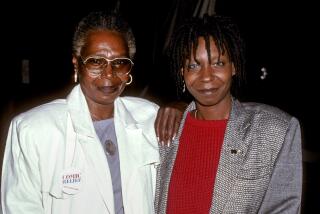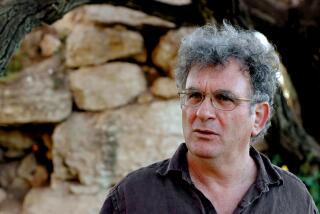Roots of the modern novel: 18th century London streets
Stories of criminals, ghosts, shipwrecks and pirates swirled through the busy streets of 18th century London. Competing writers spun outlandish stories, and selling the tales was part of the street commerce, like hawking a criminal’s last confession before execution.
A new exhibit at the Boston Public Library gives a glimpse of that lively world, where the modern novel had its roots.
“Crooks, Rogues & Maids Less Than Virtuous: Books in the Streets of 18th-Century London” features documents from the BPL’s collection and was organized by the library, the Boston Public Library Foundation and the University of Massachusetts-Boston. It runs through May 1.
In London in that time, taverns and coffeehouses served as meeting spots for debate and political discussion. “The newspaper or even books themselves would be delivered directly to the coffeehouse, just like Starbucks today. People would come in, sit down,” said Cheryl Nixon, assistant professor and associate chair of English at Massachusetts-Boston.
The novel grew as a literary form in that atmosphere.
Early copies of Daniel Defoe’s “Robinson Crusoe,” the tale of a castaway stranded on an island often considered the first novel, are on display. One is believed to be the first one printed, made in London in 1719.
Also shown is a woodblock depicting a scene from the beloved adventure story.
Other pieces help re-create the era.
A print from William Hogarth’s series, “The Harlot’s Progress,” shows a down-at-the-heels woman, sitting on a canopy bed, with the top of her dress unbuttoned. A magistrate enters her dumpy apartment to the right, likely because of her habit of picking pockets and selling her body to make ends meet.
More to Read
Sign up for our Book Club newsletter
Get the latest news, events and more from the Los Angeles Times Book Club, and help us get L.A. reading and talking.
You may occasionally receive promotional content from the Los Angeles Times.






